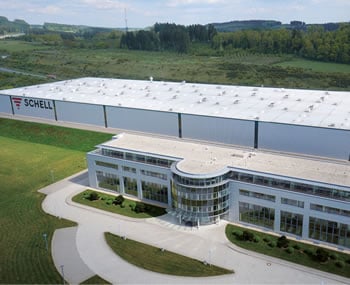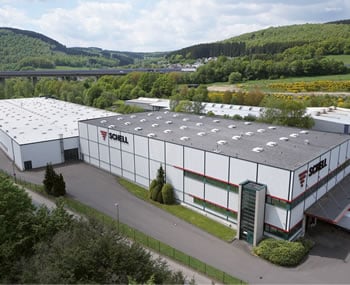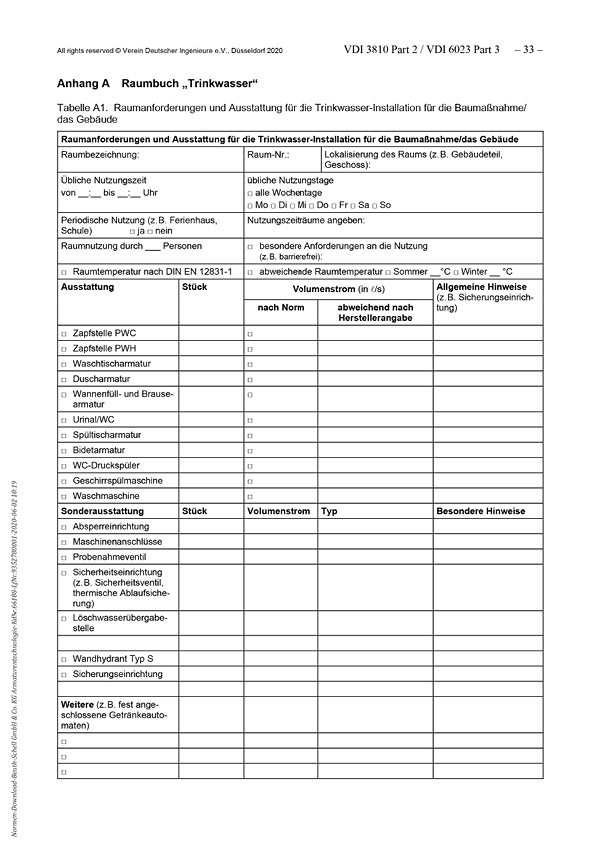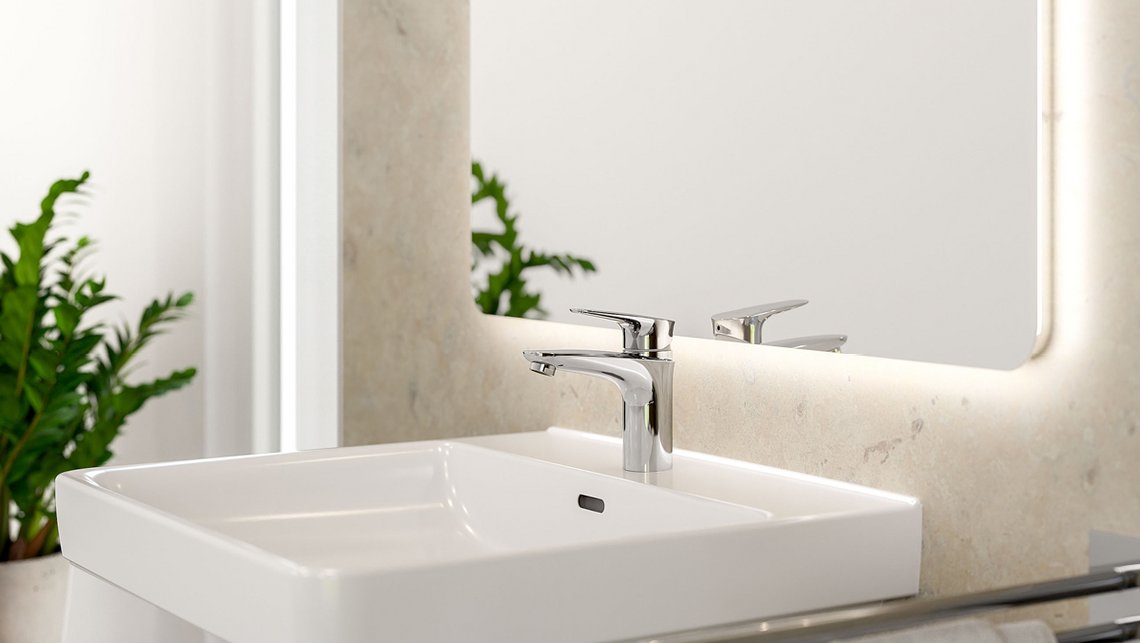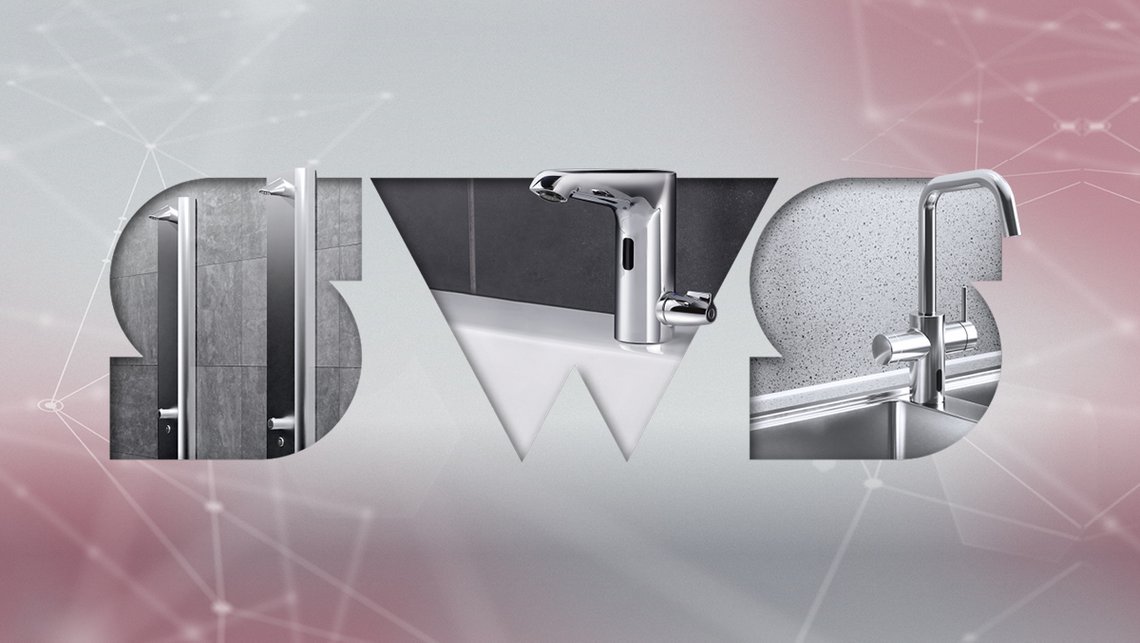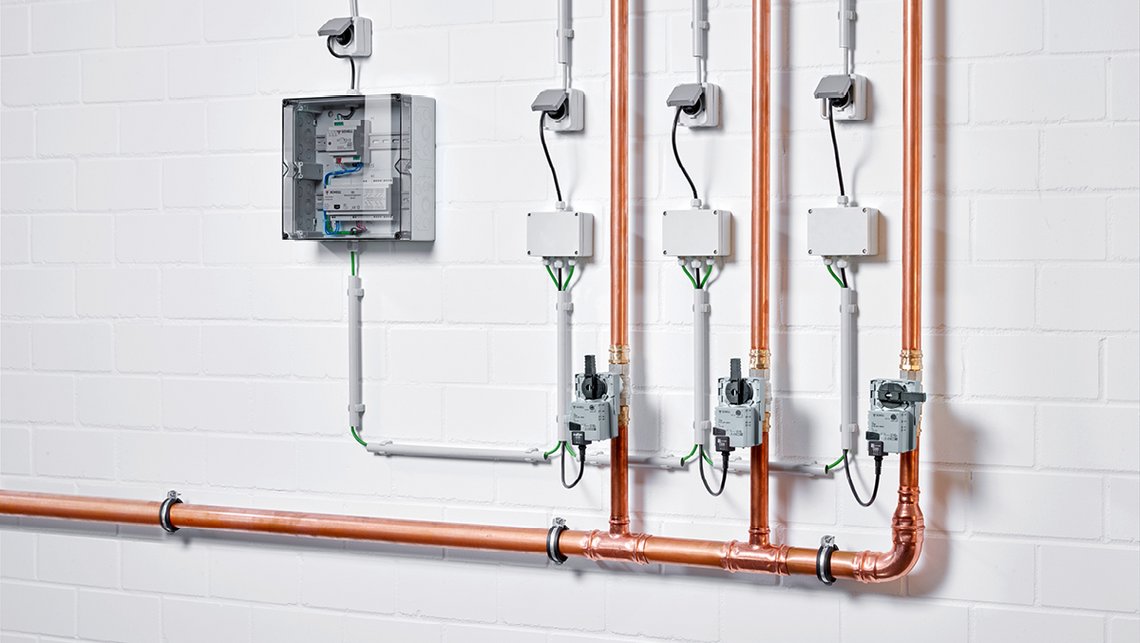T-piece installations with simple and straightforward flow paths as per the 2023 German Drinking Water Ordinance
Parts of the industry are still of the opinion that the piping layout and final flushing stations are sufficient to ensure the maintenance of water quality. Yet section 10 of the 2023 Drinking Water Ordinance (TrinkwV) clearly defines the “point of compliance with requirements” as the “point of exit from the drinking water tapping points” or “the safety device necessary according to generally recognised codes of practice.” Here – and not at the flushing station – is also where the water samples for the prescribed tests are drawn off and the results then compared with the values set out in the Ordinance. Accordingly, if a tapping point, such as in a large apartment building, is not used regularly enough, a ‘dead pipe’ will be created up to the outlet for the tapping point, even if a through wall bushing is present. And section 5.3.8 of VDI 6023 Part 1 does not mince its words when it comes to ‘dead pipes’: “Bypass lines, where no throughflow is ensured after no more than 72 hours, are considered non-compliant with this code, as are dead pipes with sealed ends as well as unused tapping points. The last are considered especially critical, as they interface with the environment and microorganisms could potentially enter the installation against the direction of flow (retrograde contamination).”
Many contemporary piping layouts must therefore be questioned in light of the above. Not least because, if every tapping point must in fact be used, then simple and straightforward flow paths are always to be preferred. This is especially true of T-piece installations with comparatively low water content and small surface areas. Small surfaces areas passively protect the PWC line against excessive heating. Incidentally: T-piece installations have never lost their status as generally accepted industry practice.
So, effectively, this means individual solutions are needed. As one example, tapping points that have periods of seasonal non-use (e.g. garden watering) should be made part of a loop. When using mini tankless water heaters, planners should also reduce piping dimensions accordingly, as plug-and-play devices require a calculated flow of only 0.03 l/min – less than half the flow required by ‘normal’ tapping points (0.07 l/min). Without taking this into account, the feeder lines to mini instant water heaters would be over-dimensioned by more than 50%.
Varying requirements in large, mixed-use apartment buildings
High street grocer
The ground floor of inner-city apartment block properties is often home to businesses serving day-to-day needs, such as grocers, for example. Generally, these shops are open six days a week for more than ten hours, so that, in this case, an adequate exchange of water can be assumed, simply as a result of regular usage. Hand hygiene is especially important on these premises, however, as shop staff frequently handle food products – whether packaged or loose. Special attention should therefore be paid to keeping facilities for personnel well-lit, pleasant and (above all) clean, to encourage good personal hygiene. In these circumstances in particular, contactless fittings minimise the potential for contamination that could be spread via the hands. These fittings not only help to improve food safety but also reduce cases of illness among shop workers.
Offices
In office spaces, it is the customer and staff WCs that need to impress their users by being both clean and modern. In smaller facilities, large mirrored surfaces with lighting around the edges create the illusion of space while brightening the room (fig. 2). Since offices may also close for long weekends or over Christmas and the New Year, this results in interruptions in use, that need to be compensated for with organisational or technical measures (VDI 6023 Part 1). This is because substandard water quality during these interruptions in use can also impact the use of the overall water installation by other tenants in a mixed-user apartment building.
Maintaining drinking water quality in large apartment buildings and mixed-use properties can only succeed if the owner and all of the tenants know their duties and fulfil them to the full. This is because unused or rarely used parts of the drinking water installation can impact the use of other parts of the system in the building – where food may be sold or patients treated, for example. Accordingly, the first step is for fit-out planners to advise the client in this respect, followed up by including a clause requiring the regular and complete exchange of water in the tenancy agreement. Ultimately, however, while raising awareness in this way is an important initial step, it cannot replace technical and organisational measures for the exchange of water across all tapping points.
Author: Dr Peter Arens, Expert for Drinking Water Hygiene at SCHELL
Have questions about SCHELL products and solutions for maintaining drinking water quality in multi-use/apartment buildings? Our SCHELL Service Team looks forward to hearing from you.

![[Translate to English:] [Translate to English:]](/fileadmin/_processed_/1/b/csm_symstemloesungen_e2_thumb_6bca267f26.jpg)
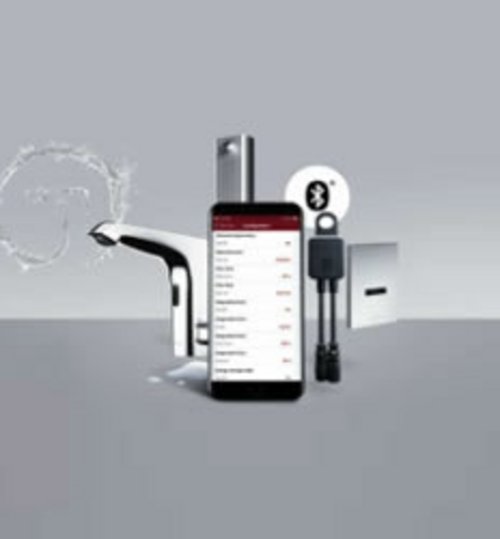
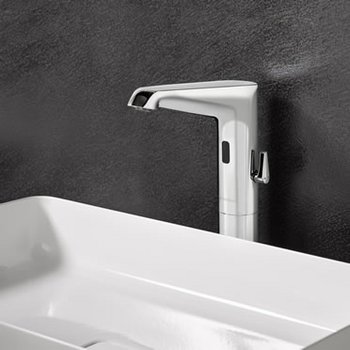
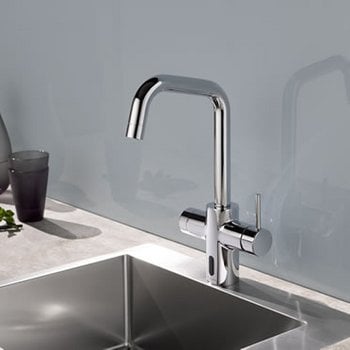
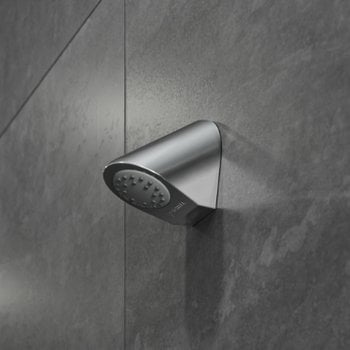
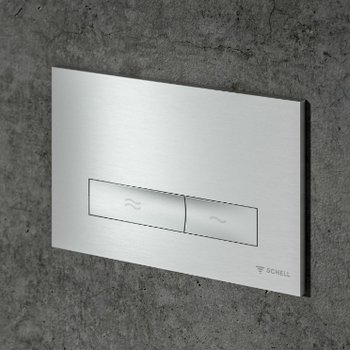
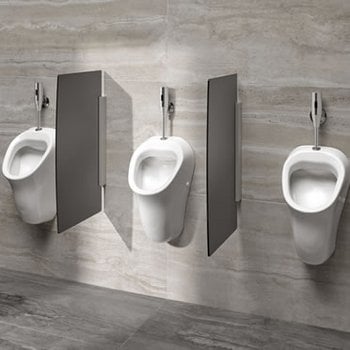
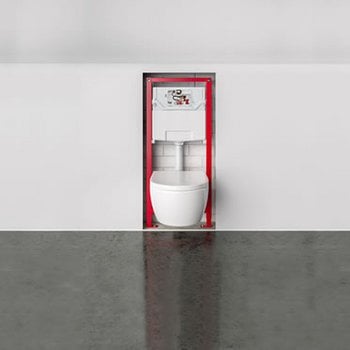
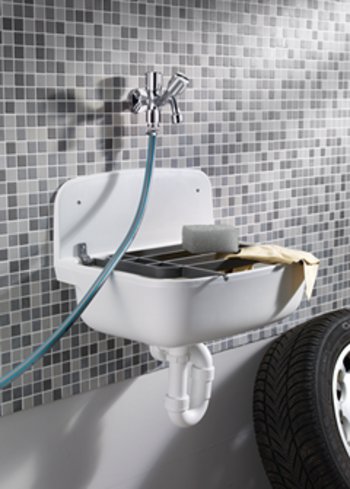
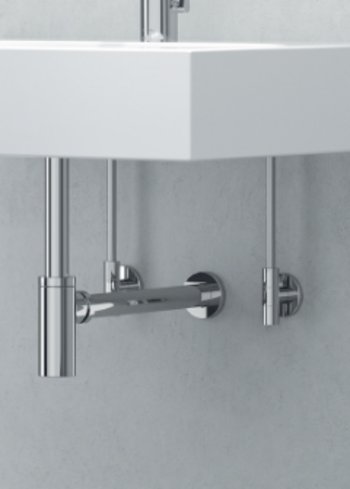
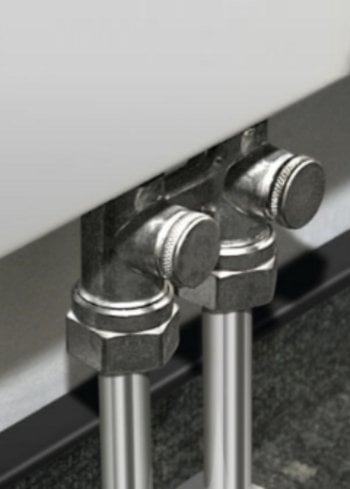
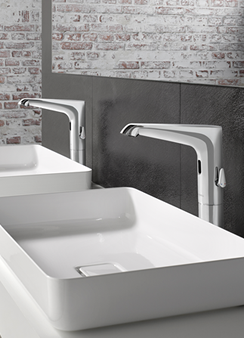
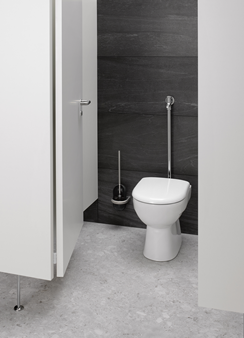
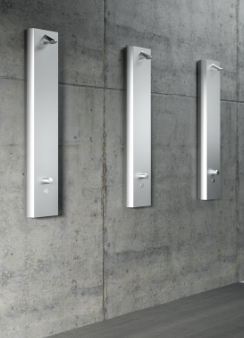

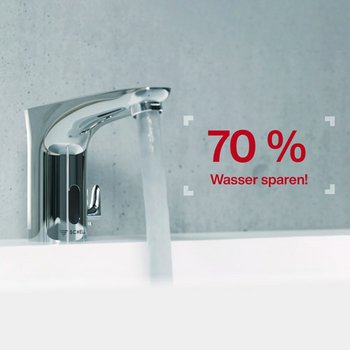
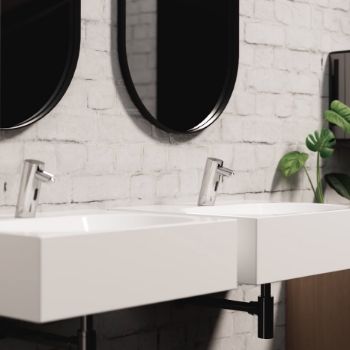


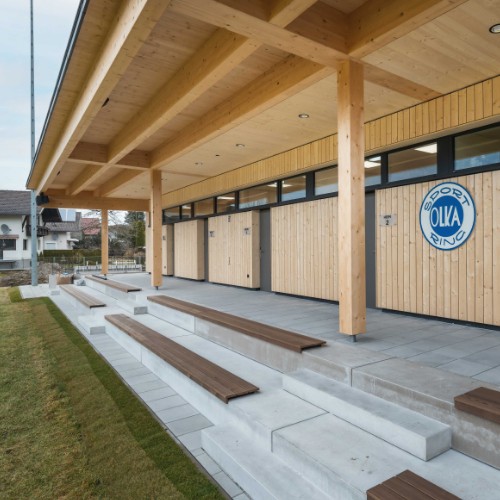
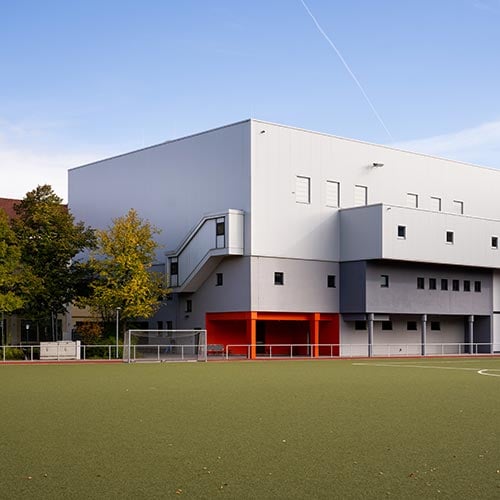

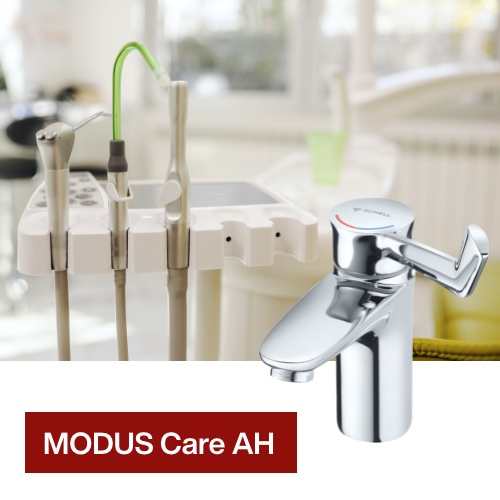
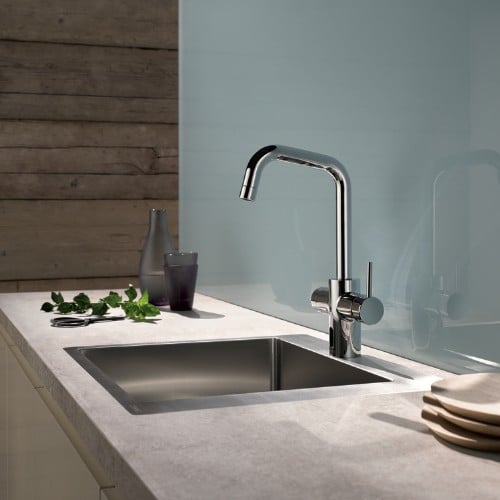
![[Translate to English:] [Translate to English:]](/fileadmin/user_upload/images/menu/menu_service_downloads_broschueren.jpg)
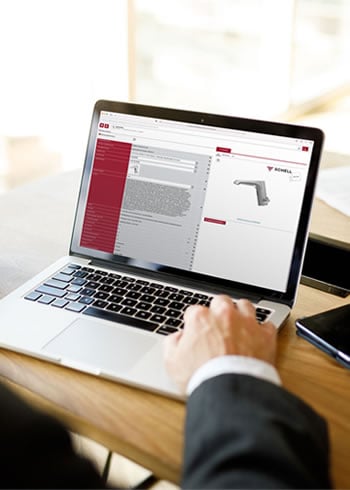



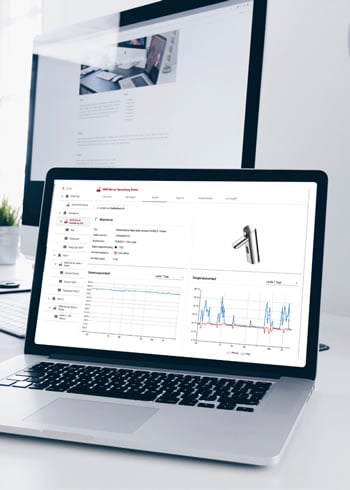


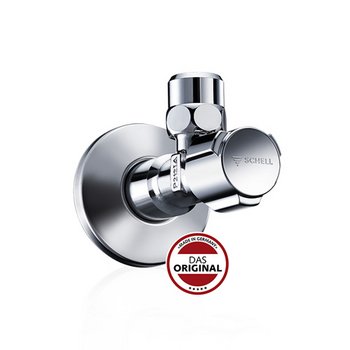
![[Translate to English:] [Translate to English:]](/fileadmin/_processed_/7/7/csm_menu_unternehmen_ueber-schell_awards_f6cec25b1d.jpg)
![[Translate to English:] [Translate to English:]](/fileadmin/_processed_/a/0/csm_menu_unternehmen_ueber-schell_wasser-sparen_41036d2dd9.jpg)


